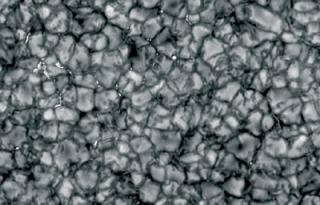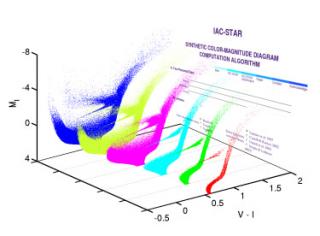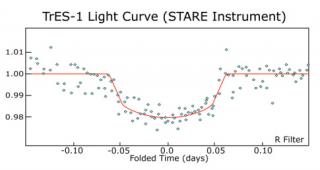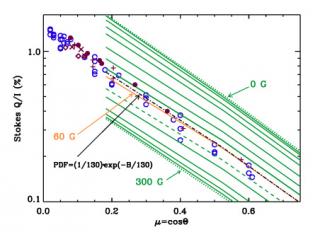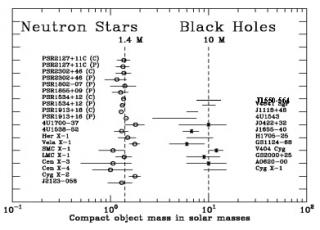
The range of masses for the compact object in binary r-X 2S 0921-630 has been determined (between 2.0-4.3 solar masses), consistent with a massive neutron star or a low-mass black hole.
Advertised on
This section includes scientific and technological news from the IAC and its Observatories, as well as press releases on scientific and technological results, astronomical events, educational projects, outreach activities and institutional events.

